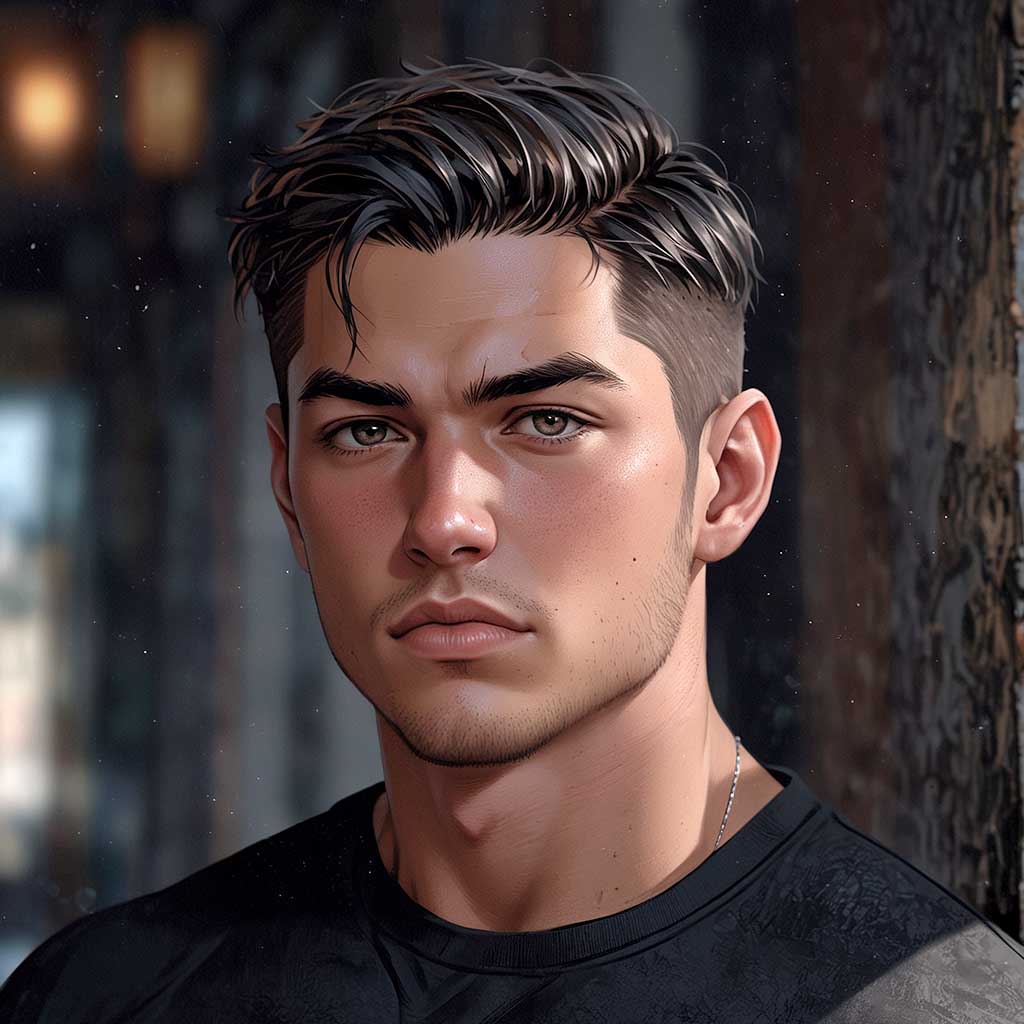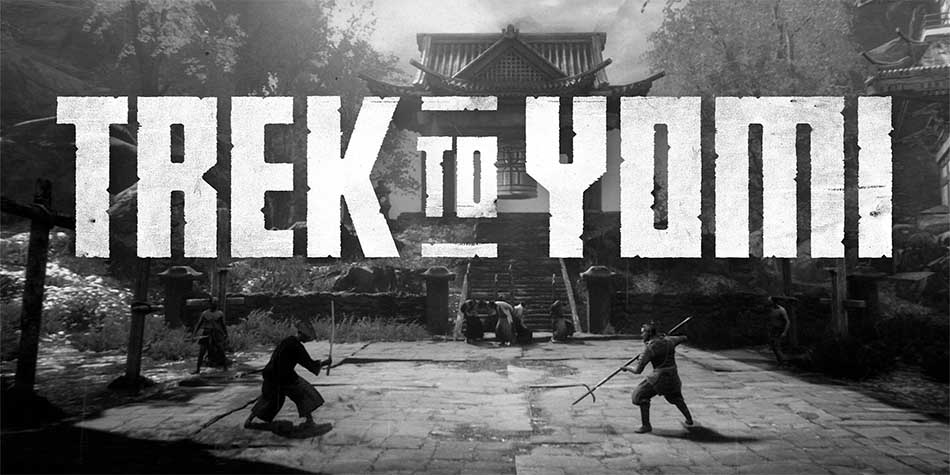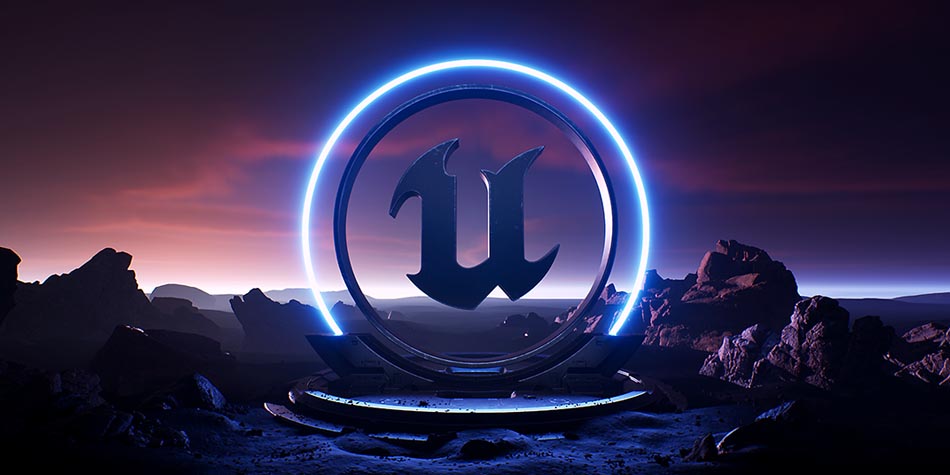In this article, let’s explore the use of CGI in anime.
CGI (Computer Generated Imagery) is a technique that has revolutionized the world of animation in recent years. It has been used extensively in the anime industry to create more realistic and visually stunning scenes that would have been impossible to achieve using traditional animation methods.
CGI in anime involves creating 3D models of characters and environments, which are then animated and rendered using computer software. This technique allows animators to create complex scenes and camera movements that would be difficult or time-consuming to achieve using traditional animation methods.
Advantages of CGI
One of the advantages of using CGI in anime is that it allows for more dynamic and fluid movements. Characters can move in a more realistic way, with more detailed facial expressions and body language. It also allows for creating more intricate backgrounds and environments, adding depth and realism to a scene.
One of the earliest anime movies to use CGI extensively was “Akira,” directed by Katsuhiro Otomo in 1988. The movie’s iconic motorcycle chase scene, featuring the character Kaneda, was created using 3D computer graphics. The scene’s high-speed action and detailed environments were groundbreaking achievements for anime at the time.

Another popular anime movie that uses CGI is “Ghost in the Shell,” directed by Mamoru Oshii in 1995. The movie features a mix of traditional and computer-generated animation, which helped to create a unique blend of styles that have influenced many anime productions since then.
In recent years, CGI has become increasingly popular in anime movies and TV shows. One notable example is “Attack on Titan,” a popular anime series that features intense action sequences and complex character designs. The show’s use of CGI has allowed for more detailed and fluid animation, which has helped to create some of the most memorable moments in the series.
Another popular anime movie that uses CGI is “Your Name,” directed by Makoto Shinkai in 2016. The movie features stunning visual effects that blend traditional and computer-generated animation seamlessly, creating a beautiful and immersive world for the characters to inhabit.
Overall, CGI has had a significant impact on the anime industry, allowing for more complex and visually stunning productions. As technology advances, concurrently we can expect to see even more groundbreaking uses of CGI in anime movies and TV shows.
Check out our ranking of Best 3D Anime Movies.
Popular anime movies that use CGI
There are many popular anime movies that use CGI to varying degrees, and different fans may have different opinions on which ones are the best. However, here are some of the most well-known and widely acclaimed anime movies that use CGI to a significant extent:
Your Name (2016)
This critically acclaimed movie by Makoto Shinkai is known for its breathtaking visuals. It also is known for the inventive use of CGI to create realistic and fantastical landscapes.

Land of the Lustrous (2017)
This anime TV series is based on a manga by Haruko Ichikawa. It features an all-gemstone cast and uses CGI to create their unique, translucent bodies and movements.

Blame! (2017)
This movie, based on a manga by Tsutomu Nihei, uses CGI to create a dystopian world filled with towering, labyrinthine buildings and hordes of dangerous cyborgs.

Knights of Sidonia (2014-2015)
This anime TV series is based on a manga by Tsutomu Nihei. CGI was used in this production to create a unique blend of mecha and space opera, as humanity fights for survival against alien threats.
Gantz: O (2016)
This movie is based on a manga by Hiroya Oku. It uses CGI to create gruesome monsters and high-tech weapons in a story about a group of people forced to participate in a deadly game.
These are just a few examples of popular anime movies and TV shows that use CGI in different ways to create unique and memorable visual experiences.

Nyx, Editor at Vertex Mode, is also an experienced 3D Artist in gaming and film, sharing insights on Digital Art and its creators.

